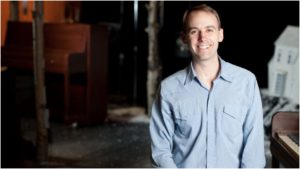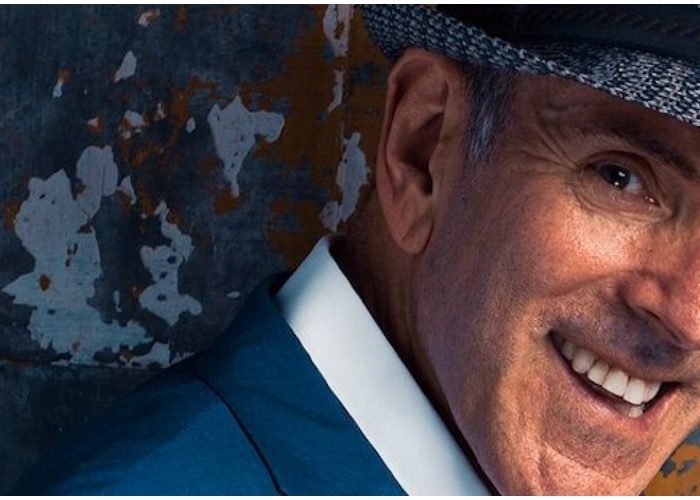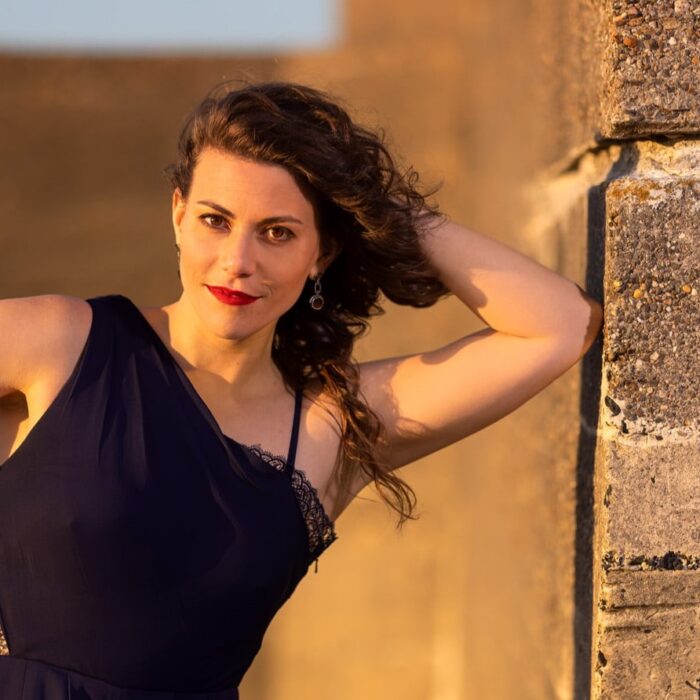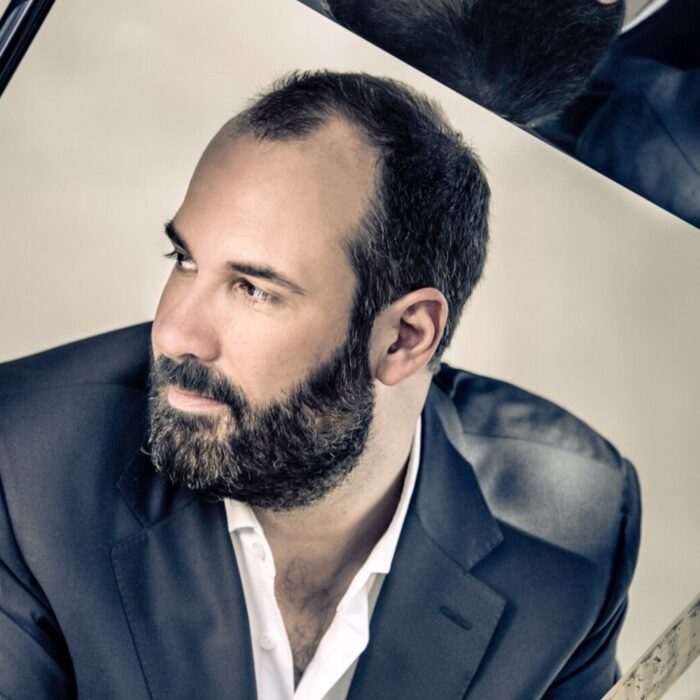
Q & A: Director Alec Duffy on Bringing ‘Four Nights of Dream’ To Life For North American & Japanese Premieres
By David SalazarIn 2008, Moto Osada’s “Four Nights of Dream” had its World Premiere in Sweden. Fast-forward nine years and the opera is now on the brink of its first North American and Japanese debuts, in a new production.
The man in charge of leading the new interpretation of the work is renowned Obie Award-winning director Alec Duffy, whose company Hoi Polloi has showcased such works as “Shadows,” “All Hands,” and “The Less We Talk.” In 2011, he also founded JACK, a performing arts space in Clinton Hill, Brooklyn. For Duffy, this project is his first foray into the world of opera.
OperaWire recently spoke to him about his vision for “Four Nights of Dream” and what he hopes audiences will take away from it.
OperaWire: How did you first get involved in the project? What inspired you to work on it?
Alec Duffy: Yoko Shioya, the Artistic Director of Japan Society approached me about the project. I had directed a premiere of a play by Japanese playwright Yukio Shiba at Japan Society three years ago, and the production was well-received, so Yoko proposed this new collaboration. I love the theater and the staff there. The prospect of directing an opera, my first, that was about dreams was for me, as a director, itself a dream, as there are no boundaries for the universe you’re to conjure onstage. No need to stick with reality! It allowed the brilliant duo of lighting designer Tuce Yasak and costume designer Oana Botez to really go into unusual territory with their designs. I was also thrilled that there’s a scene in the opera about a meditation session that potentially ends in a suicide or a murder. I imagine it’s the first opera treatment of a meditation session, or else the first of a meditation session that has such high stakes!
OW: What were the challenges of directing this particular work and how did you overcome them?
AD: Our biggest challenge as a creative team was to come up with a concept that encompassed all four dreams represented in the opera, each of which is brilliantly different in tone and texture than the others — one’s a comedy, one’s a tragedy, one’s a mystery, one’s a love story. So we had to create an envelope that worked well for all four of these spectacles that careen in different directions. And all this without a fly system or side stage at the theater where you can simply lower scenery or bring it in from offstage. So the set designer (and my wife) Mimi Lien and I created this framework of these columns that get employed in different ways for each scene, as a mountain cliff in one scene, as a forest in another scene, as a graveyard in another.
I would say the comic scene in the opera was the toughest to figure out – broad theatrical comedy is not my comfort zone, as a director, so I’m trying my best to honor the intentions of the composer, Osada, and create something that is actually, truly, funny. At this point, we’ve still got a few weeks left of rehearsal, so there’s still time!
OW: What was your collaboration like with composer Moto Osada?
AD: Early on, Moto said to me something like, “Even though I am alive, and here in New York, you can pretend I’m not here. Feel free to pretend that I am dead.” It was a funny thing to say, of course, and made me laugh, but his general suggestion was for us as the creative team to do whatever we felt was important to make a strong theatrical performance. That kind of freedom given by a living composer, or a playwright, for example, is so rare, and for me, so welcome. It allowed us to take some risks we might not have considered taking, had he been watching over our shoulders more. We definitely created a more abstract environment and more abstract movement for one of the scenes than was indicated in his libretto, and he was very open to that.
OW: The opera is based on Soseki’s “Ten Nights of Dreams.” What were your interactions with the works of Soseki and how did they influence your directorial choices?
MO: I hadn’t read Soseki until Yoko proposed the project. These dreams he writes, like dreams in general, mostly end inconclusively. I felt myself reaching to force a conclusion in the staging for each scene, but kept having to remind myself to honor Soseki, and embrace the unresolved ending.
OW: What are the major differences in directing opera as opposed to different theatrical forms?
AD: One thing I’ve really enjoyed is rehearsing on a few occasions with the conductor, Ken-David Masur, in the room. He’ll point out things that are happening in the orchestra – maybe a shift in the underscoring, or a particular note pattern — and suggest that something in the blocking could reflect or connect with this musical moment. My ear for music is strong, but not as advanced to be able to naturally be attuned to these moments or to think to reflect them onstage. So it’s been an enormous help for him to be there. Certainly, that’s a skill I imagine many opera directors have naturally, but one that I’m just developing, with his help.
OW: What do you hope audiences take away from this show? What kind of experience do you want them to have?
AD: Each of these dreams depict an individual having to make a choice with great consequences. It’s in these moments that we as audience members are driven to empathy, for we are seeing a person revealed, and in that revelation, we spot ourselves, in every tortured choice they have to make. Empathy is in short supply these days in our country, and so I guess my hope is that that sensation, of caring for another and seeing ourselves, can carry over, just as the act of meditation only is helpful if the meditator can carry the spirit of meditation with them when they leave the meditation room.


